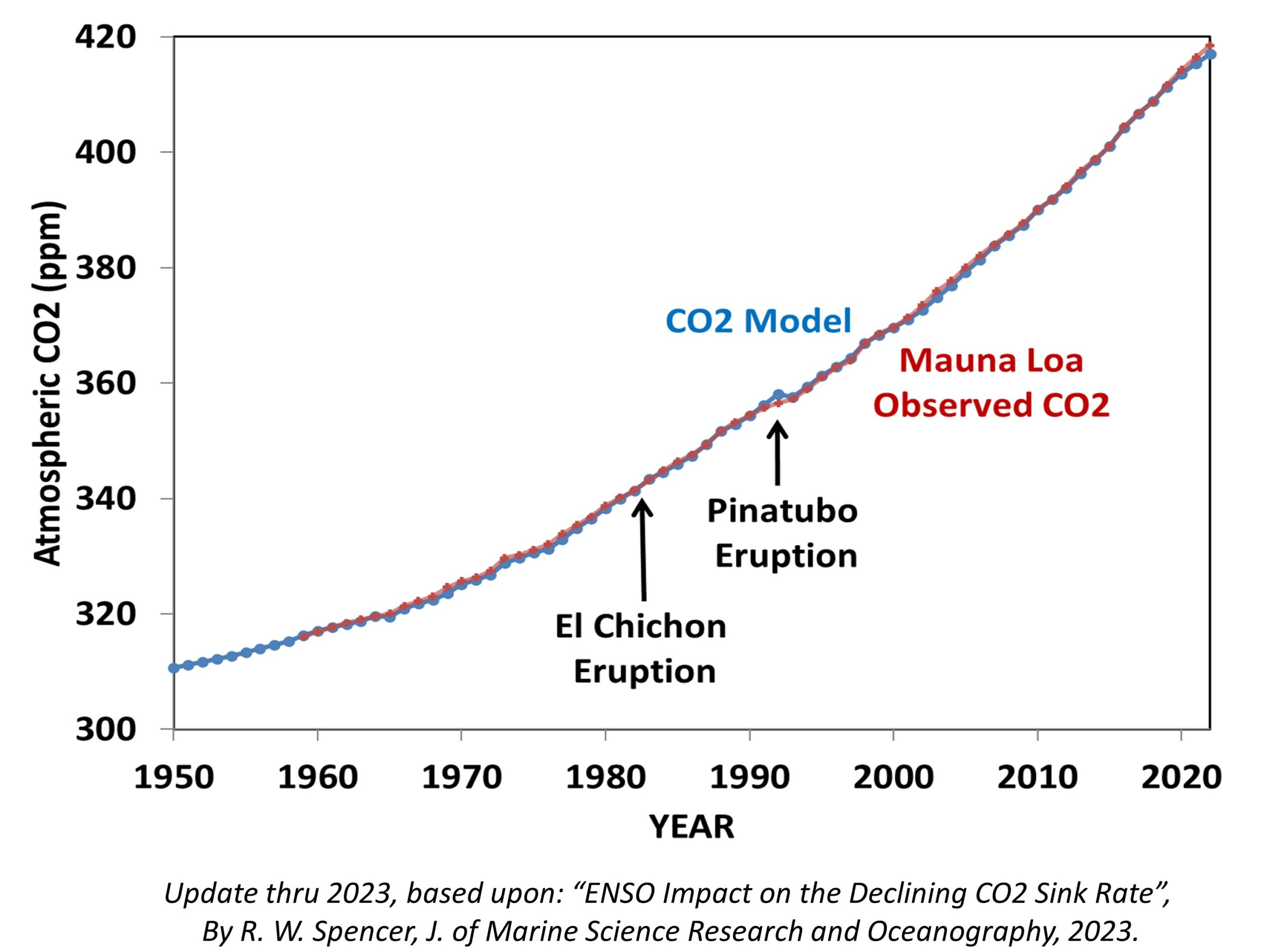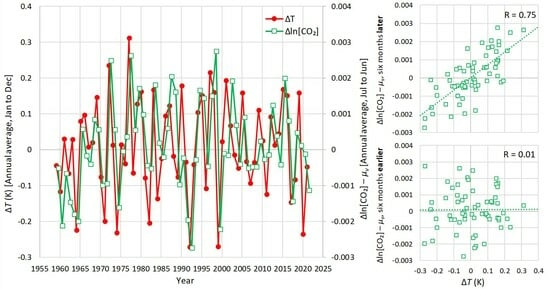by P. Gosselin, Dec 10, 2025 in NoTricksZone
In a candid interview with the German language Weltwoche, astrophysicist Dr. Willie Soon asserts that the sun is the overwhelmingly dominant force driving Earth’s climate, not human-emitted .
Image: WeltWoche
His decades of research into solar and stellar physics lead him to the controversial conclusion that focusing on regulating is misguided,
“You can’t make laws against the sun,” he argues.
Dr. Soon states that the sun provides of the energy that powers our weather and climate, and satellite data confirms that solar radiation is not a constant, but fluctuates, particularly in the UV and X-ray ranges. He contends that temperature patterns over the last 150 years correlate much better with solar activity fluctuations than with levels. According to Soon’s analysis, the signal is below the detection limit as a primary climate driver.
Challenging the narrative
Soon dismisses the “CO2 panic” as lacking solid scientific basis and highlights the beneficial role of the gas in promoting photosynthesis and causing measurable global greening since the 19th century. He points to natural climate events like the Maunder Minimum (1645-1715), a period of minimal sunspots that coincided with the Little Ice Age, as robust evidence for a direct link between solar activity and climate shifts.
Why the focus? The “Iron Triangle”
When asked why the narrative dominates, Dr. Soon claims it is politically motivated, citing the fact that taxes and regulations can be imposed on , but not on the sun. He describes an “Iron Triangle Effect” where politics funds, science delivers, and media amplifies an alarmist consensus, often marginalizing critics and favoring specific models to create an impression of certainty where uncertainty exists.
…






